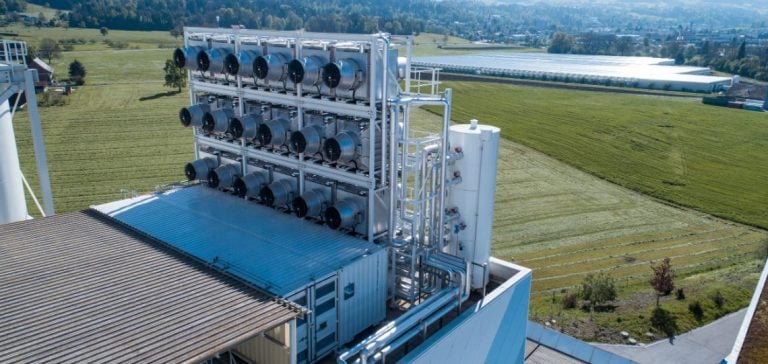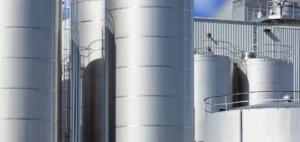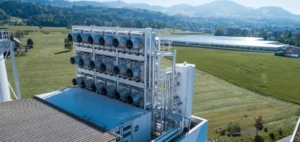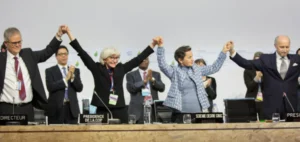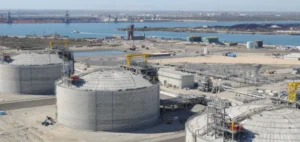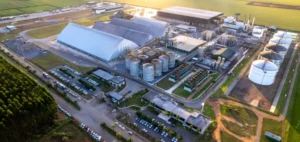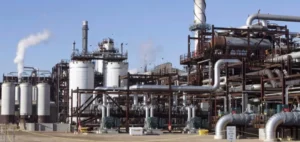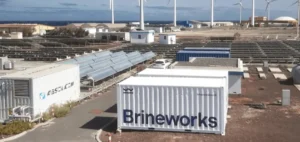The Asia-Pacific is currently in the global spotlight regarding the reduction of upstream emissions in the oil and gas sectors. The region, heavily dependent on fossil fuels, sees its carbon dioxide (CO2) emissions increase, especially those from natural gas. These emissions, produced during extraction and processing, include CO2 venting from reservoirs, which represents a major challenge for reaching the region’s climate goals.
Carbon capture and storage (CCS), a technology capable of capturing CO2 directly at the source and injecting it into underground geological formations, is seen as a viable solution. According to data from S&P Global Commodity Insights, CCS could reduce lifecycle emissions of oil and gas assets by 60%. However, this reduction depends on several factors, such as the CO2 content of resources and the rapid implementation of capture infrastructure.
A Limited but Essential Regulatory Framework
Currently, only Australia has dedicated regulations requiring operators to limit CO2 emissions from reservoirs for new gas fields. This policy compels operators to use CCS or other methods to reduce emissions, otherwise facing the need to buy carbon credits to offset their impact. This Australian safeguard mechanism sets a zero-emission threshold for reservoir CO2, a precedent in the region. However, this regulation remains unique in the Asia-Pacific, where no global framework has been established to encourage or compel other countries to adopt similar measures.
For companies, this situation may favor fields with low CO2 levels but also imposes additional costs and may limit the supply of affordable energy, raising questions about national priorities for some governments. Balancing environmental regulations with national energy needs is crucial to move toward a more sustainable energy model.
Projects and Prospects for Upstream Carbon Capture
CCS in the upstream oil and gas sector is set to represent 18% of global capture capacity by 2035, with an estimated capacity of 70 million tons per year. The Asia-Pacific leads regions in terms of construction and advanced development of CCS projects, followed by North America and the Middle East. As of now, the region has 5 million tons per year of CCS capacity under construction, with an additional 7 million tons in advanced development.
The planned capture capacity could reach 23 million tons per year by 2035, a significant figure but still insufficient to meet the region’s emissions reduction needs. Without CCS, emissions from CO2 venting in the Asia-Pacific upstream sector could reach 75 million tons per year by 2035, underscoring the urgent need for additional capacity to curb emissions growth in the sector.
Emission Dynamics in High-CO2 Fields
High-CO2 fields represent a significant portion of hydrocarbon production in the Asia-Pacific. To meet commercial specifications for gas, a substantial amount of CO2 must be separated from hydrocarbon gas, leaving high-CO2 residues vented into the atmosphere. Today, this venting is the primary source of upstream emissions in the region, surpassing other activities such as fuel combustion, flaring, and methane leakage.
Projections indicate an increase in CO2 emissions in the region if unsanctioned projects do not incorporate CCS. These unsanctioned assets, which have not yet received a final investment decision, could represent 58% of the region’s total production while generating over 80% of upstream emissions by 2050.
Carbon Capture Hubs, a Regional Opportunity
Unsanctioned assets are concentrated in key regional basins, such as the East Natuna and Malay basins in Indonesia, Malaysia, Thailand, and Vietnam. These areas present opportunities for developing CCS hubs capable of capturing emissions from oil and gas reservoirs as well as reducing emissions from nearby industries. These hub projects are seen as strategic levers to minimize costs while expanding capture capacity in an industrially expanding region.


